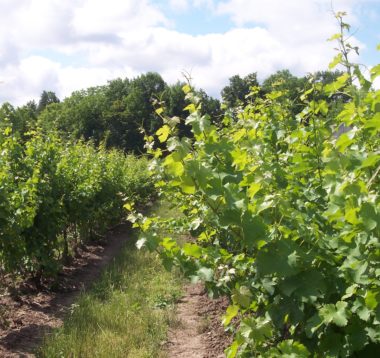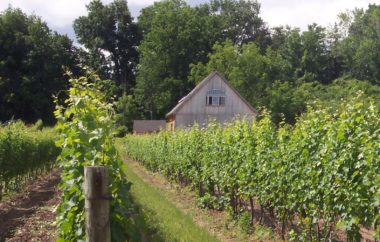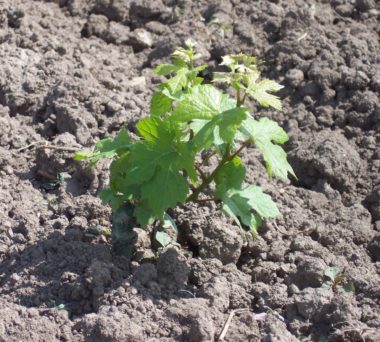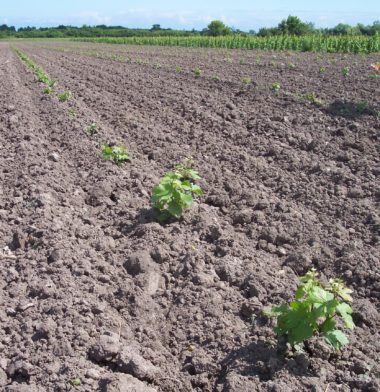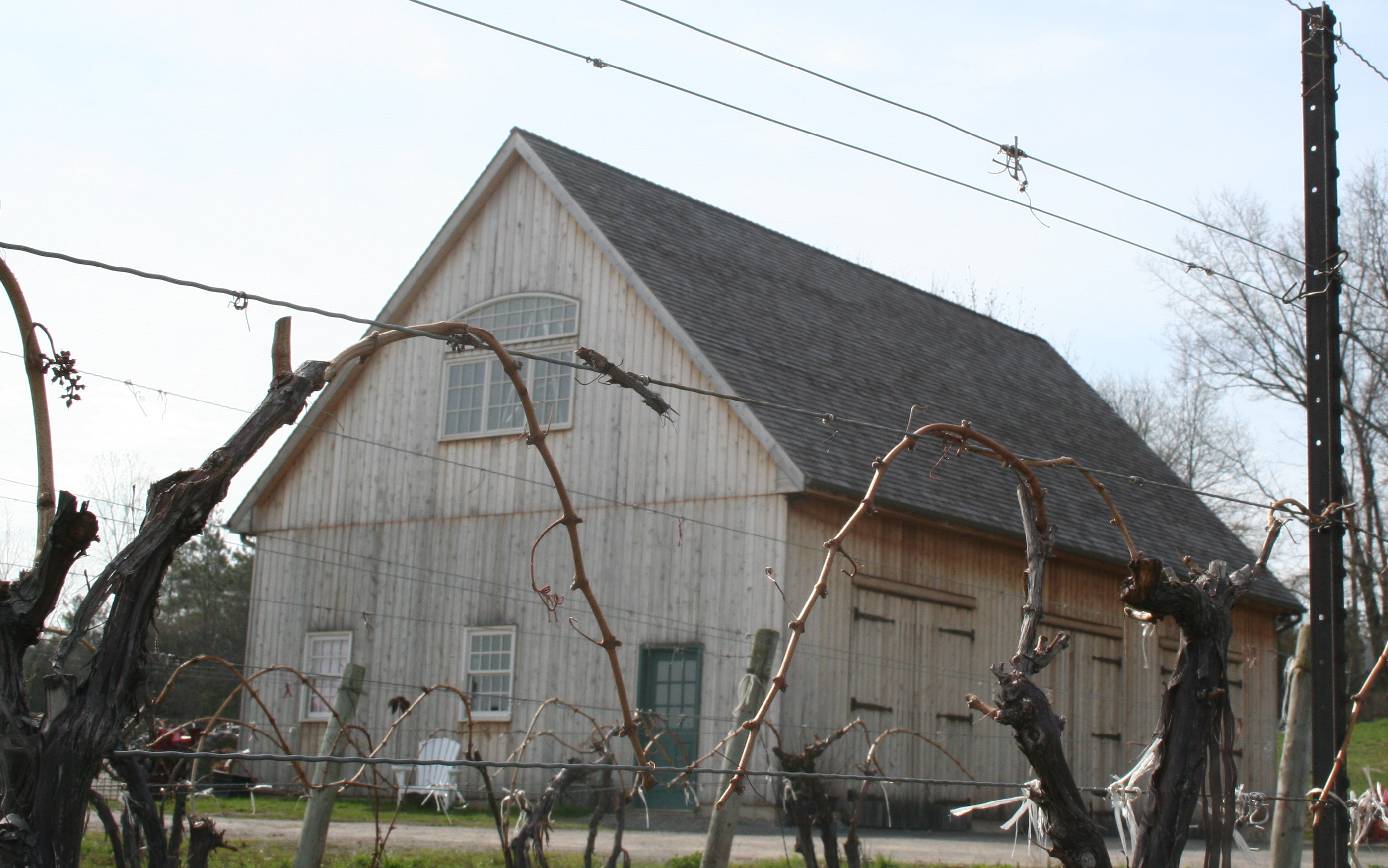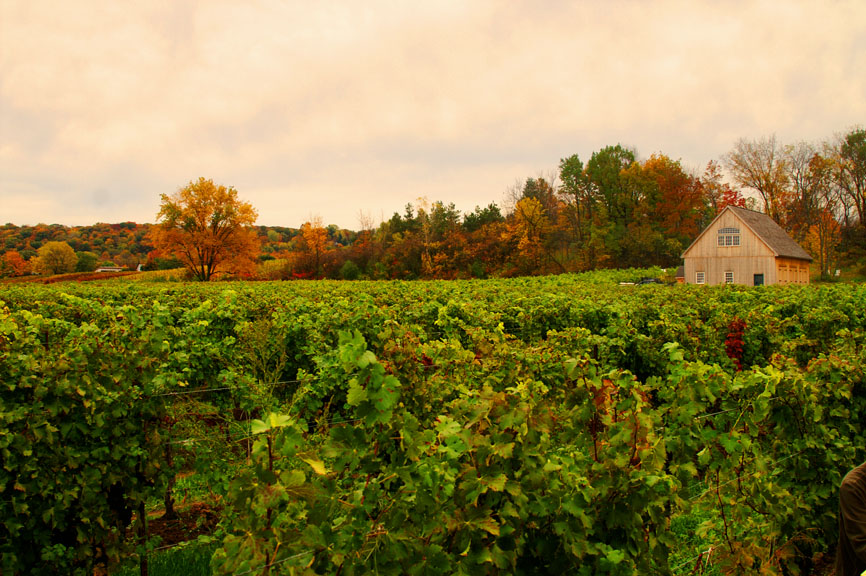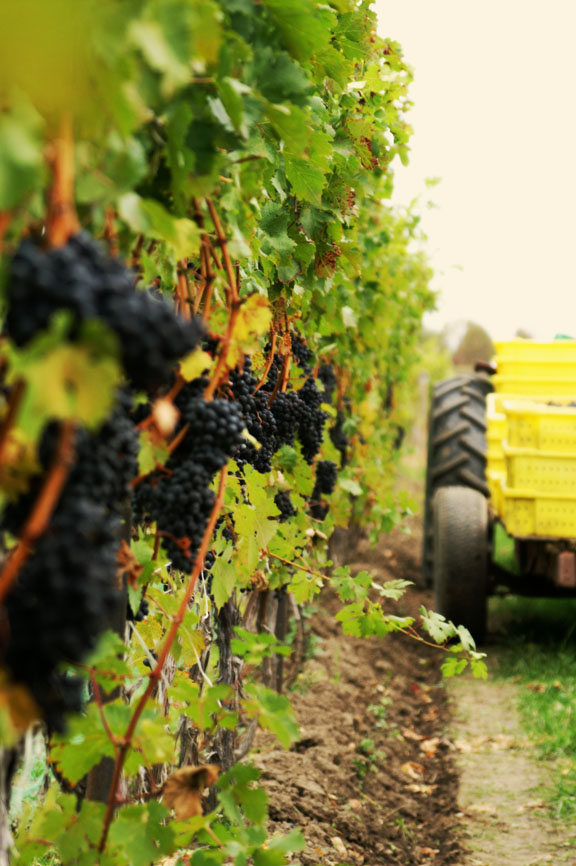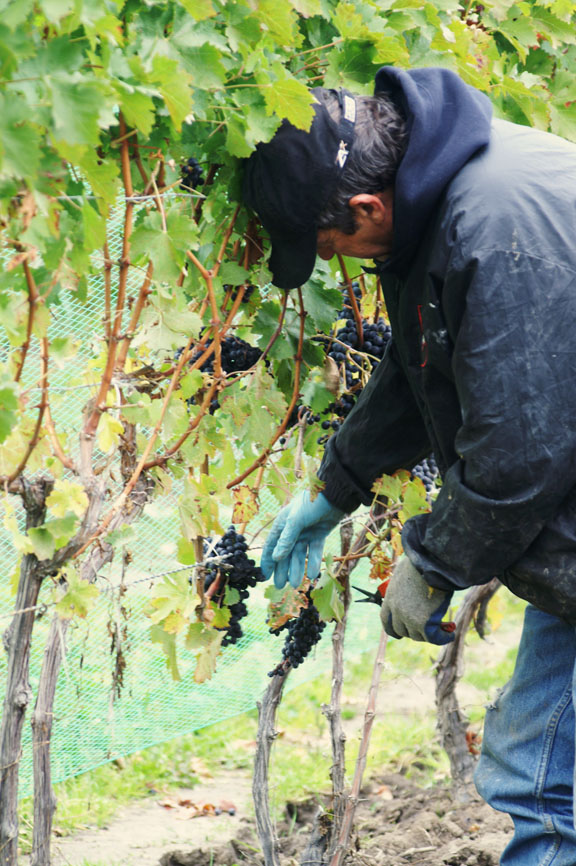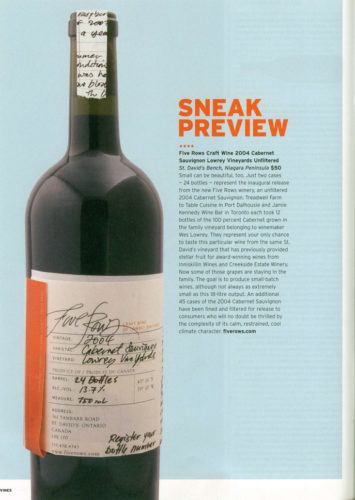The weather over the last few weeks has left many farmers cursing their luck and already looking ahead to next year. Cold temperatures, rain and periodic hail have left us wondering if and when summer will finally arrive.
Determined not to let this “dampen” our annual trip to Bobcaygeon, I threw together a few barrel samples and we hit the road with an excited puppy in tow. I always look forward to this brief respite from the farm as it allows me to indulge in one of my true passions: the pursuit of the elusive Muskellunge.
Muskies are large, vicious predators that feast on other fish, small water fowl, and the occasional unlucky swimmer. One encounter with these toothy monsters is all it took to breed my obsession. I will caution, however, that muskie fishing can lead to extreme frustration, nightmares and hooks being painfully lodged into various body parts.
Come to think of it, fishing for muskies is a lot like growing and crafting Pinot Noir. Both are very “results driven” hobbies that require the utmost patience. I’ve learned that the joy must come in the anticipation and pursuit of that “result” or else you will be disappointed more often then not. The near misses that one encounters in each of these endeavors can be as character building as they are heartbreaking. For me, the thrill is knowing that the biggest and best is still lurking out there, just waiting to be caught or crafted. Alas, despite many hours and thousands of casts, I came up empty on my muskie hunt this year. There was one mighty strike though, and that is more than enough to satisfy my passion for another year.
I was a little luckier with the wine samples, as they were a big hit at one of our cottage feasts. We tasted a bottle of our 2005 Cabernet Sauvignon and a barrel sample of the 2007 Pinot Noir in an effort to decide on a release date. Understandably, the 2005 Cab was miles ahead of the 2007 Pinot in terms of being ready to drink, but the Pinot showed some exciting signs of maturity since the last time we tried it. The tannins are finally starting to soften, allowing the classic Pinot flavours and satiny mouthfeel to shine through. Aromatically, the 2007 Pinot has always packed a punch, but this particular blend took a while to open up, but once it did…oh my. It was decided to bottle this wine soon, with hopes of a spring 2010 release. Look for the 2005 Cab in late November.

